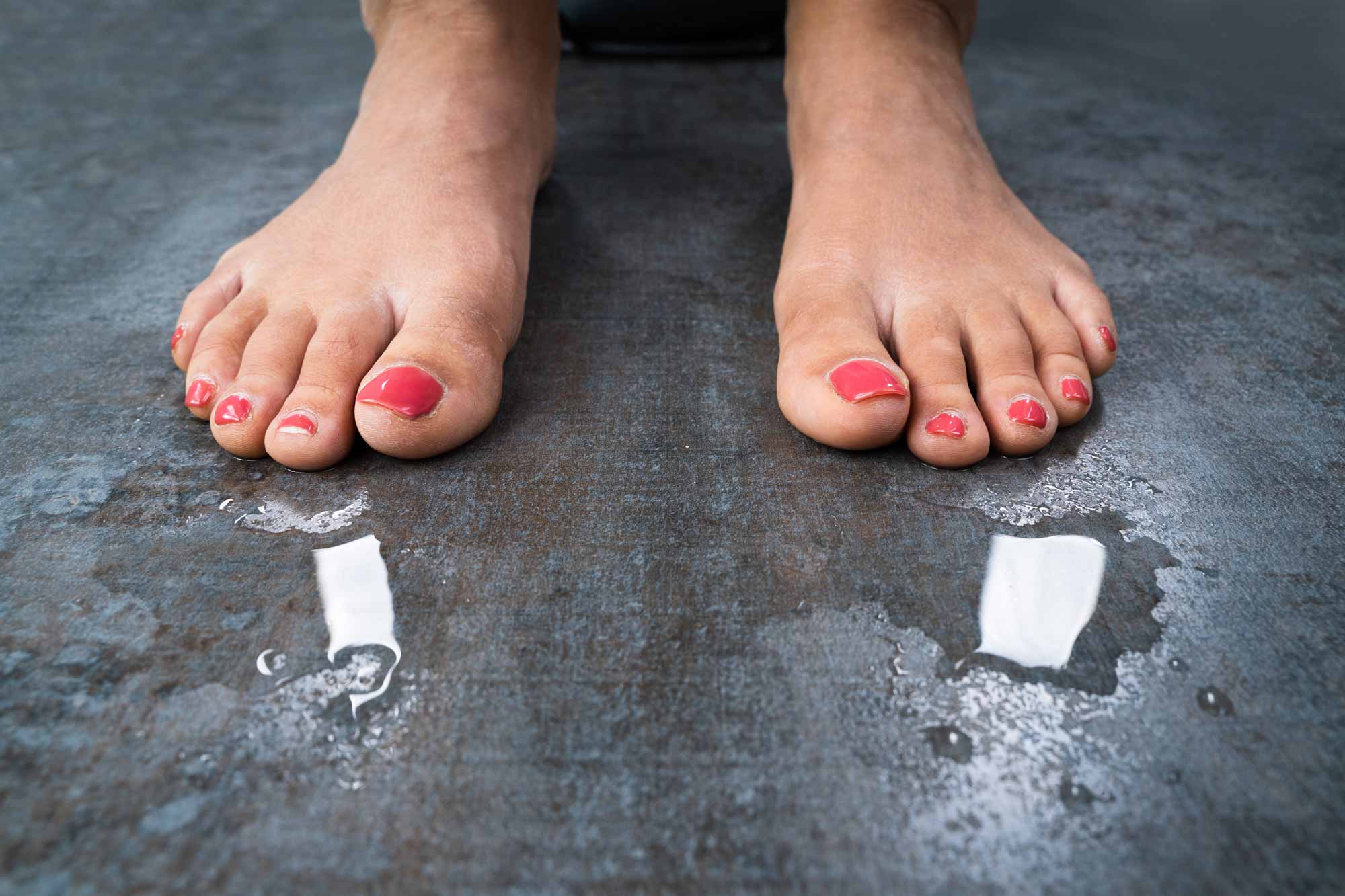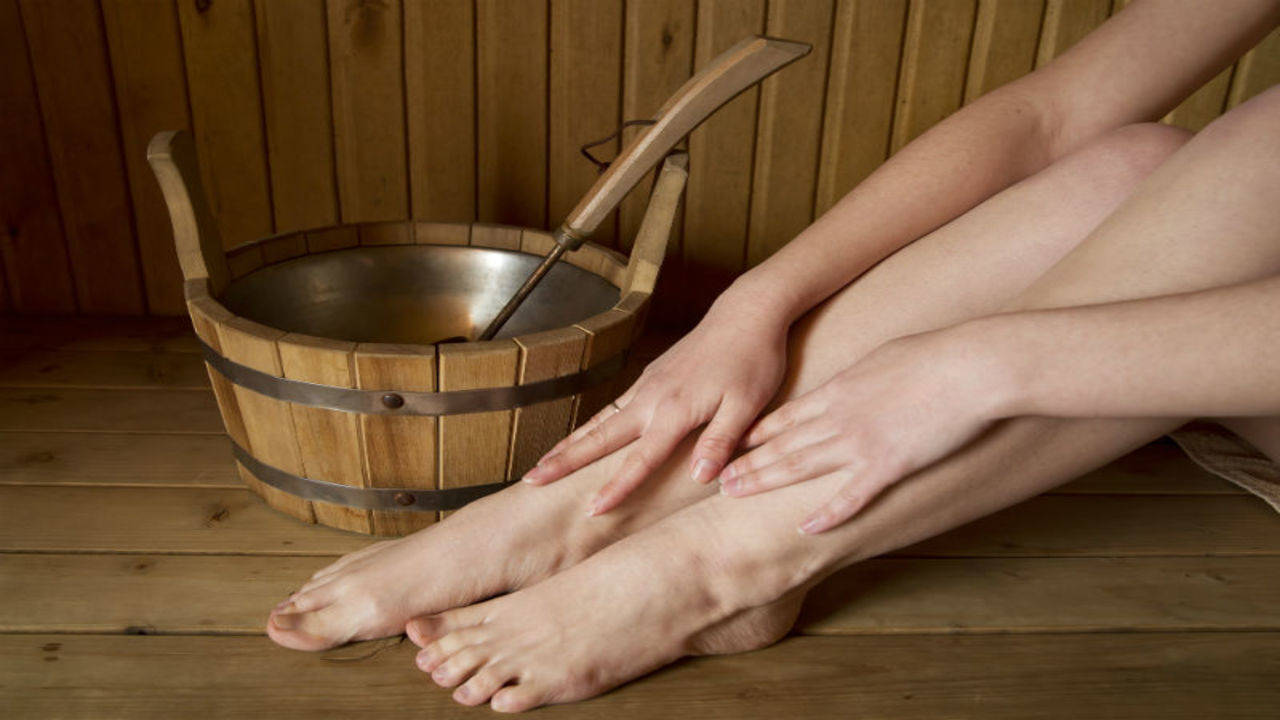How to Stop Sweaty Hands: Expert Dermatology Recommendations for Managing Excessive Sweating
How to Stop Sweaty Hands: Expert Dermatology Recommendations for Managing Excessive Sweating
Blog Article
Revealing the Complexities of Excessive Sweating: A Comprehensive Overview to Diagnosis and Administration
Too much sweating, clinically referred to as hyperhidrosis, is a problem that affects a substantial variety of individuals and can have a profound influence on their lifestyle. While sweating is a natural bodily function, its overactivity in hyperhidrosis offers an unique collection of obstacles that usually exceed plain discomfort. Understanding the underlying causes, acknowledging the signs and symptoms, and browsing the diagnostic procedure for hyperhidrosis can be complex jobs. In this detailed guide, we will certainly check out the intricacies of hyperhidrosis, from its diagnosis to the selection of therapy options offered, shedding light on efficient administration methods for those grappling with this problem.

Understanding Hyperhidrosis Causes
Hyperhidrosis causes can be credited to numerous factors such as genetics, hormonal discrepancies, and particular medical problems. Genetics play a considerable function in primary focal hyperhidrosis, where individuals acquire the problem from their member of the family. This sort of hyperhidrosis typically shows up in particular locations like the hands, soles of the feet, underarms, and face. Hormone inequalities, specifically an overactive thyroid gland or menopausal adjustments, can likewise set off excessive sweating. Furthermore, specific medical conditions such as diabetic issues, heart problem, and infections can result in additional generalised hyperhidrosis. These underlying health problems can disrupt the body's natural air conditioning system, triggering the gland to end up being over active. Understanding the origin of hyperhidrosis is critical in diagnosing and effectively handling this problem. By recognizing the specific factors adding to extreme sweating, healthcare service providers can tailor treatment strategies to attend to the underlying cause, using alleviation and boosting the lifestyle for people impacted by hyperhidrosis.
Acknowledging Hyperhidrosis Manifestations

Moreover, hyperhidrosis signs and symptoms might show up in social and psychological distress, as individuals may feel ashamed or distressed about their sweating, bring about evasion of social situations (Treatment for hyperhydrosis of hands). Furthermore, duplicated episodes of too much sweating can cause skin maceration, fungal infections, and a total decline in self-confidence
Diagnostic Refine for Hyperhidrosis
Initiating the diagnostic procedure for extreme sweating includes extensive examination of the individual's case history and physical exam. Asking concerning the onset, duration, and causes of sweating episodes is critical to differentiate in between key focal hyperhidrosis and second generalized hyperhidrosis. Medical background ought to also include concerns about medicines, medical problems, and family history of hyperhidrosis.
During the checkup, certain attention is paid to the locations influenced by sweating. The doctor may examine the degree of sweating, look for indications of underlying problems, and evaluate the influence of sweating on the individual's lifestyle. In addition, particular examinations like the gravimetric test, starch-iodine examination, or skin conductance dimensions might be carried out to measure the amount of sweat produced.
Moreover, in cases where additional hyperhidrosis is suspected, added examinations such as blood tests, pee examinations, and imaging research studies might be advised to recognize the underlying root cause of too much sweating. The diagnostic procedure aims to accurately figure out the kind and source of hyperhidrosis to assist suitable management methods.
Therapy Choices for Hyperhidrosis
When addressing excessive sweating, various treatment choices are readily available to minimize signs and enhance the person's lifestyle. The therapy approach for hyperhidrosis relies on the extent of symptoms and the client's feedback to initial treatments.
Topical treatments, such as aluminum-based antiperspirants, are typically recommended as the first line of protection for handling light situations of hyperhidrosis. These items function by connecting the sweat ducts, hence reducing the amount of sweat that reaches the skin's surface. For people with much more serious signs and symptoms, dental medications like anticholinergics may be prescribed to help reduce sweating. These medicines can have side effects and are not suitable for everybody.

Effective Management Techniques
To successfully handle hyperhidrosis, a customized and extensive therapy strategy customized to the person's certain needs and reaction to previous therapies is essential. Iontophoresis, including the usage of a reduced electrical existing to minimize sweat gland task, can be advantageous for both palmoplantar and axillary hyperhidrosis. A multidisciplinary strategy involving dermatologists, key treatment medical professionals, and, if necessary, cosmetic surgeons, can optimize the administration of hyperhidrosis.
Verdict
To conclude, hyperhidrosis is a problem characterized by too much sweating, which can greatly impact an individual's lifestyle. By comprehending the reasons, acknowledging the symptoms, and undergoing the analysis procedure, health care service providers can effectively handle this condition. Therapy choices include topical medicines, dental medications, injections, and also surgical procedures in serious instances. With appropriate diagnosis and management approaches, individuals experiencing from hyperhidrosis can find relief and enhance their total well-being.
Extreme sweating, clinically understood as hyperhidrosis, is a condition that affects a considerable number of individuals and can have an extensive impact on their top quality of life. By identifying the specific variables contributing to too much sweating, healthcare service providers can customize therapy plans to deal with the underlying reason, supplying alleviation and enhancing the top quality of life for individuals affected by hyperhidrosis.
Hyperhidrosis, characterized by too much sweating beyond what is needed for controling body temperature, can dramatically affect a person's high quality of life. Inquiring regarding the start, period, and triggers of sweating episodes is vital to distinguish in between main focal hyperhidrosis and second generalized hyperhidrosis. Exessive Sweating.In conclusion, hyperhidrosis is a problem characterized by too much sweating, which can greatly influence an individual's top quality of Treatment for hyperhydrosis of hands and feet life
Report this page